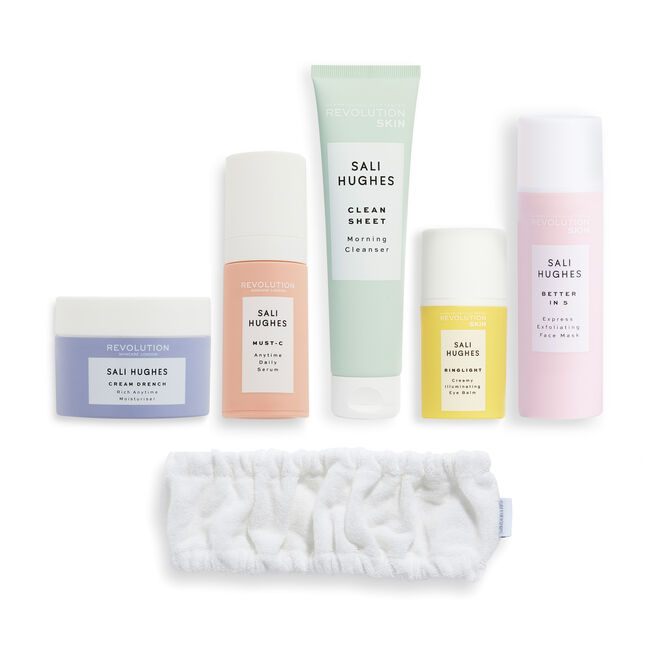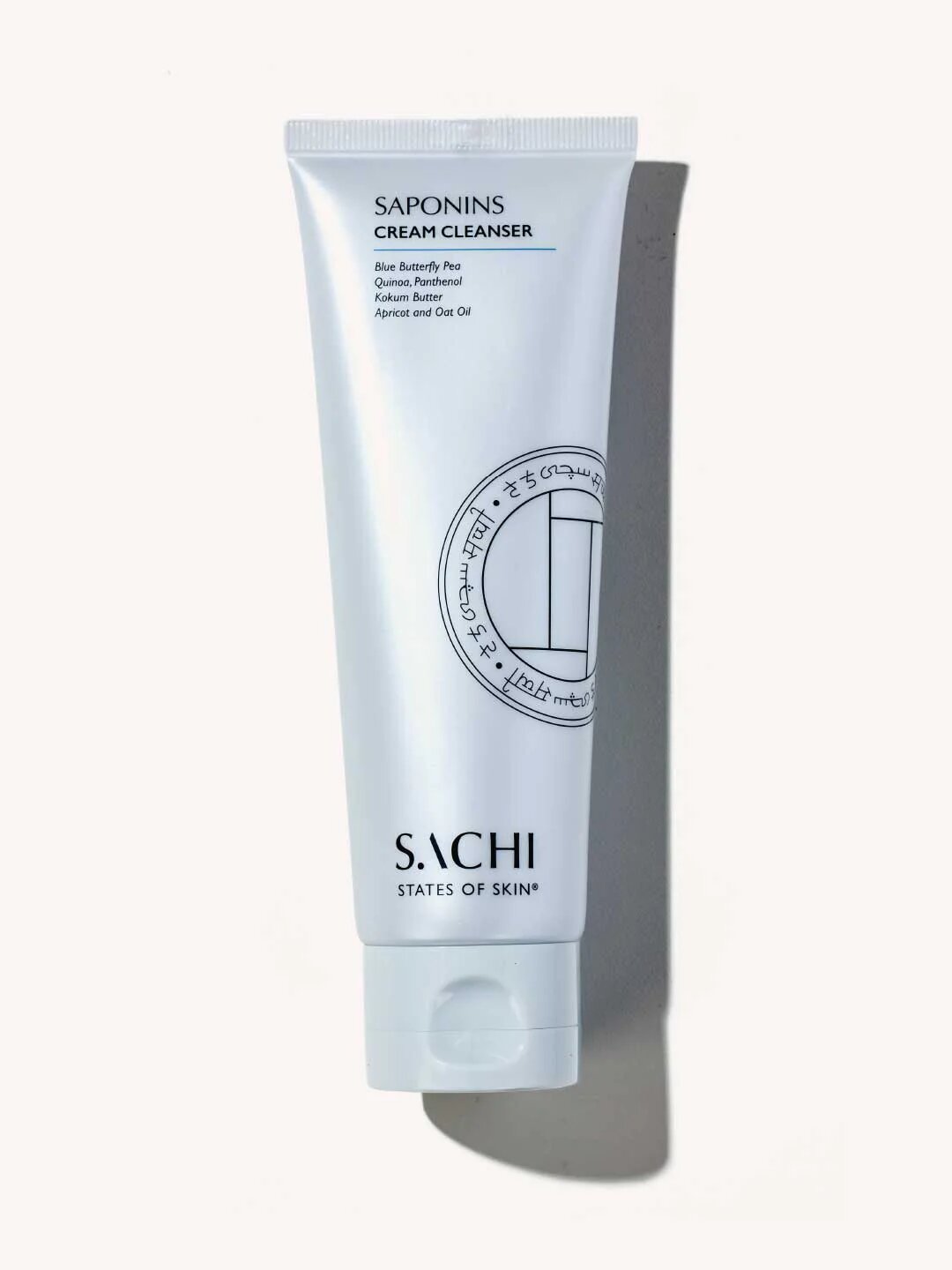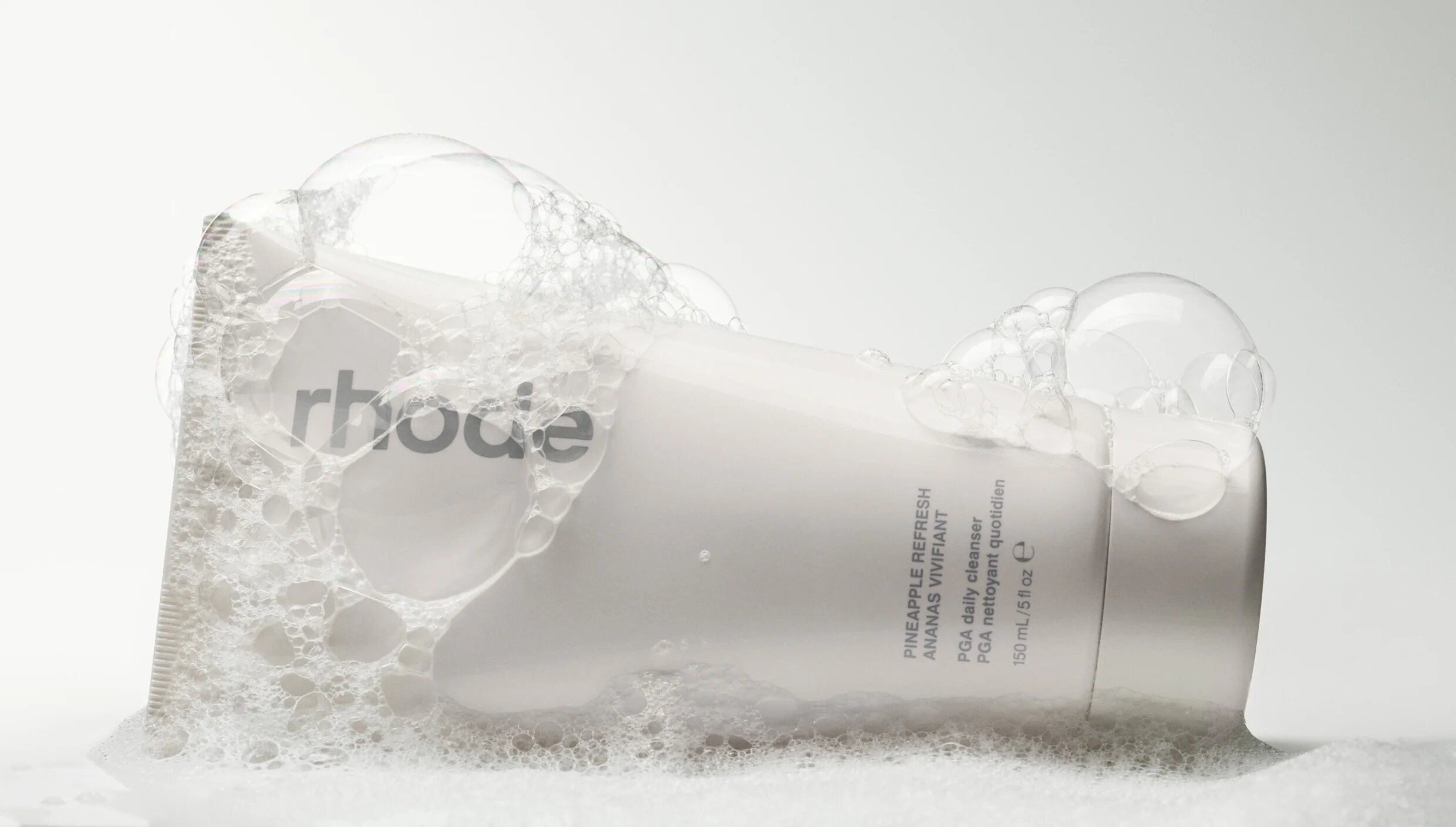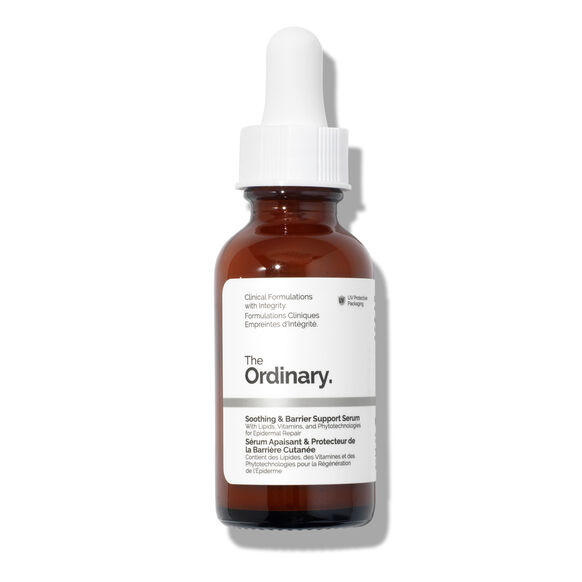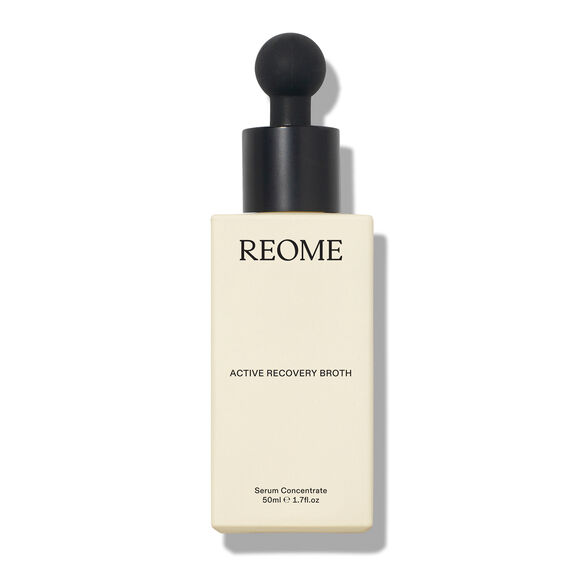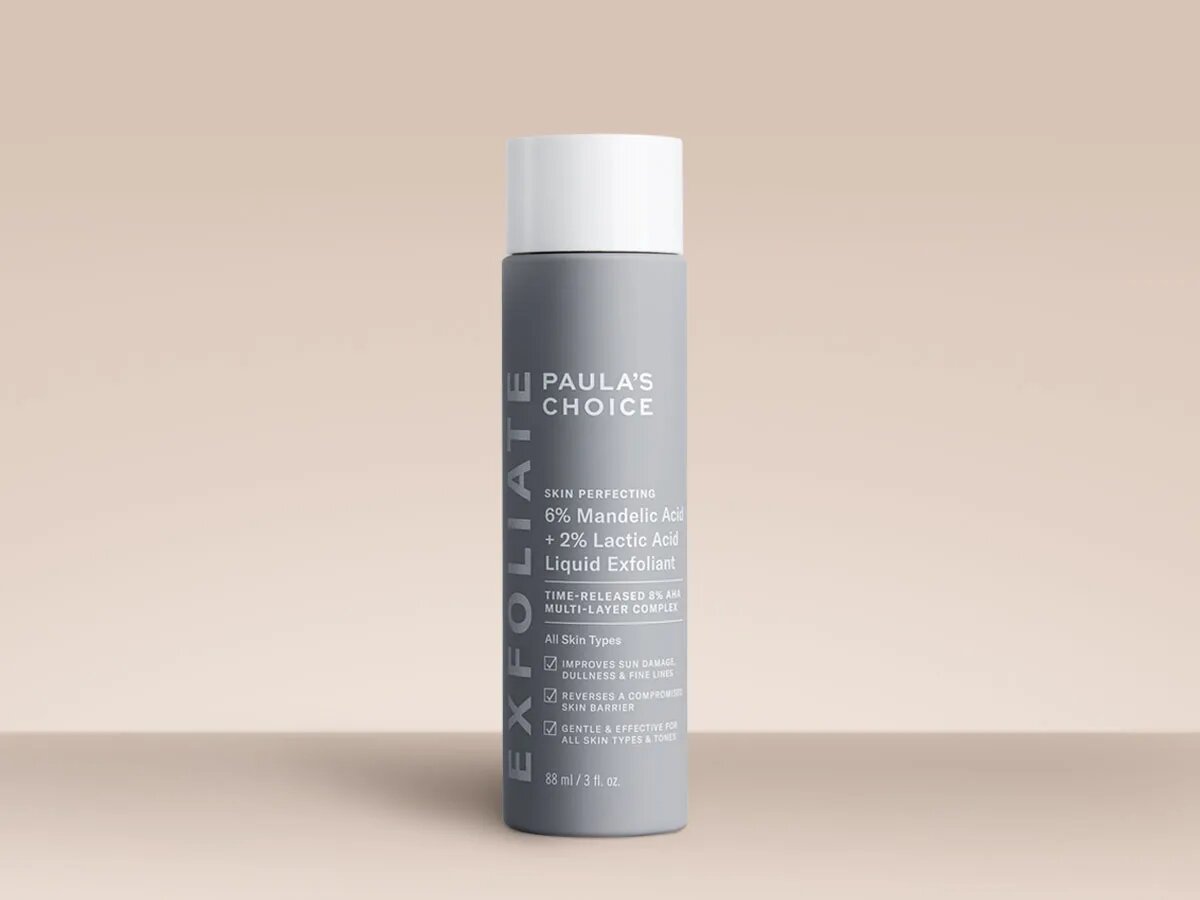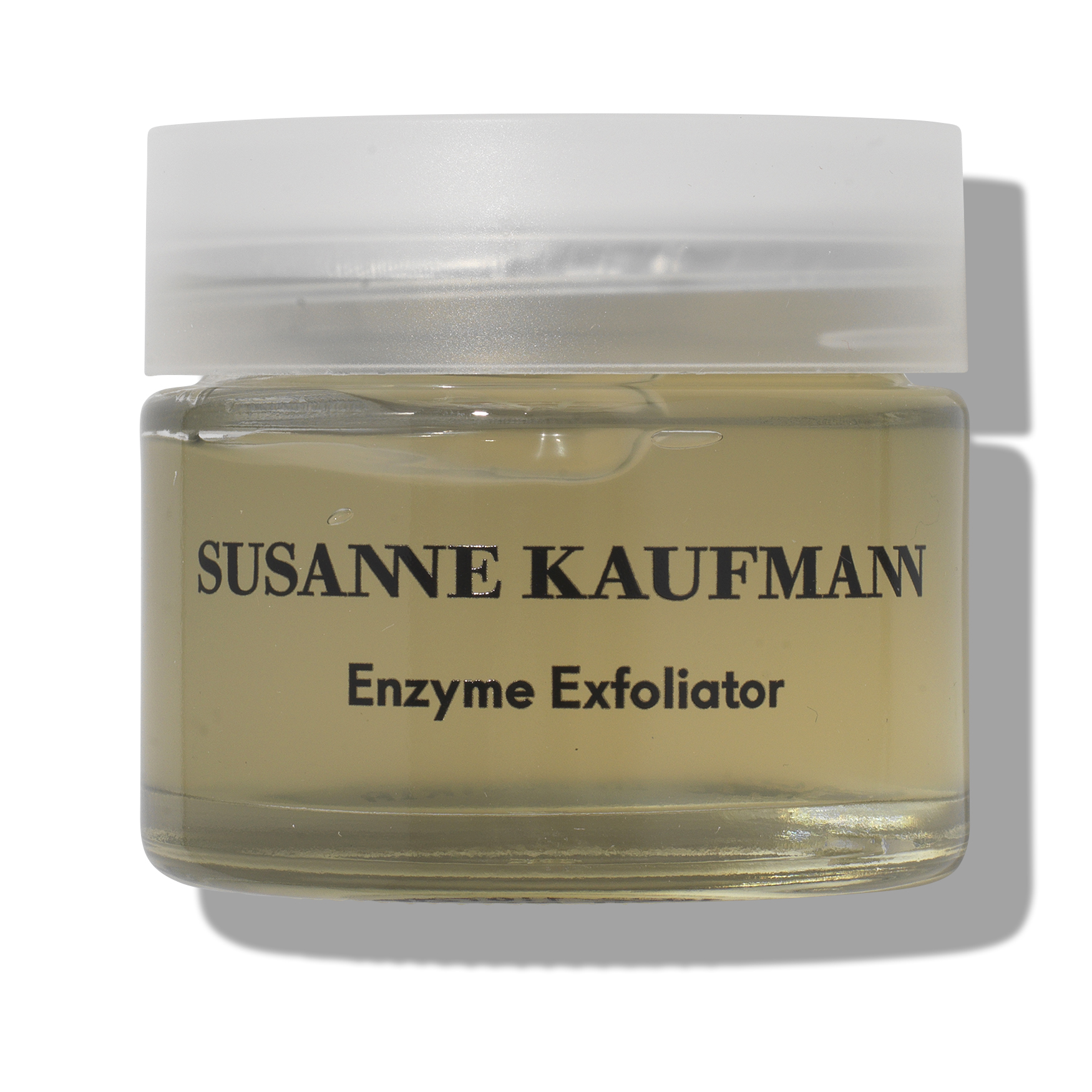For most of us, our New Year's resolutions focus on change and growth—we adopt new habits and set fresh goals—like actually wearing SPF every day and always removing our makeup before bed.
The new year also brings with it a focus on trends to embrace in the new year ahead, and while I love nothing more than a deep dive into what's new and up-and-coming in the beauty world, I also think it's important to look back and consider what we should leave behind us. After all, as the saying goes, "out with the old, and in with the new".

The thing is, current trends are almost always an evolution on previous ones, so it can be quite straightforward to figure out how to replace any outdated skincare trends in your routine. Beauty has taken a more minimalistic trend in recent years and 2024 is no exception, so if there was ever a time to adopt the mantra of 'less is more', it's now.
That's right, it's time to say goodbye to excessive routines, complex product layering, and expensive products. Keep on reading for our roundup of outdated skincare trends to leave in 2023, and what to try instead.
1. Excessive skincare routines
"The bare bones of a routine should consist of a cleanser, a serum to target any skin concerns, moisturiser, and of course SPF," says chemical engineer and skincare expert Cigdem Kemal Yilmaz. It's true, gone are the days where a 12-step skincare routine is considered normal. These days, skincare trends are all about a 'less is more' approach to beauty which we are totally here for. What's more, thanks to innovations in product formulations, you can still achieve the results you want—products simply work harder to achieve multiple goals in one go.
Try instead:
2. Double cleansing
Double cleansing may well be the most efficient way to deeply cleanse skin—especially if you've been wearing makeup, but cleansing is one area of skincare yet to be totally streamlined. According to a report by trend forecasters WGSN, co-wash cleansers are set to dominate 2024's skincare launches. "Consumers will seek products that skip the double cleanse but still deliver the same benefits," says the report. "These hybrid cleansers speak to skinimalist principles and the growing demand for multifunctional beauty, while prioritising skin health."
Rather than using two separate cleansers—first an oil-based one like a cleansing balm, and then a water-based formula like a gel of foam—hybrid cleansers will work to remove sunscreen, make-up, excess sebum and environmental pollutants in one step.
Try instead:
3. Single-ingredient skincare
Pioneered by brands like The Ordinary, the single-ingredient skincare trend dominated the last decade, helping to expose us to and educate us on the benefits of key skincare ingredients like hyaluronic acid and niacinamide. But for those who don't have the time or desire to gain an encyclopaedic knowledge of skincare ingredients or figure out how to layer three different ingredients together, this can be overwhelming.
As more of us seek simplicity in our daily routines, the tide is turning. While brands are formulating with the same ingredients we've come to know and love, they've returned to multi-ingredient products with names that make it easy to understand what the product is and what it does. "Thanks to a further increase in consumer education, the demand for ‘more bang for your buck’ is truly imminent," says Yilmaz. "This reflects an overall industry shift towards more versatile skincare which offer a blend of ingredients."
Try instead:
4. Over exfoliating
Chemical exfoliants (also referred to as exfoliating acids) like glycolic and salicylic acid are up there amonst the most-Googled skincare ingredients of all time—driven in part by the single-ingredient skincare trend. While they have impressive benefits for those who want smoother, brighter, and clearer skin, when overused, acids can compromise the skin barrier, leading to increased sensitivity and irritation.
“Over-exfoliating is a skincare trend that should never have begun trending in the first place," says Yilmaz. "While it’s recommended that you use an exfoliant up to three times a week to buff away dead skin cells and clear out the pores, it has unfortunately been a popular notion to use exfoliants more frequently, with some even going to the extreme of using them twice a day, every day."
With acids popping up in toners, cleansers, serums, and masks, it can be easy to overuse them without even realising it—and further issues can occur when layering acids with other active ingredients like retinoids and vitamin C.
These days, we're far more aware of the importance of skin barrier health, and the latest product launches focus on soothing and strengthening skin via ingredients like ceramides and squalane. While exfoliation is still a key part of a well-rounded skincare routine, opt instead for gentle exfoliants that utilise ingredients like mandelic acid or enzymes, and limit exfoliation to just once a week.
Try instead:
5. Expensive skincare products
Thanks to brands like Beauty Pie, The Inkey List, and The Ordinary, we all now know that we don't need to spend £100+ to see results from a skincare product. In fact, many expensive skincare products are made in the same factories and with the same ingredients as those from more affordable brands. The price we pay for luxury skincare is more often driven by packaging and marketing costs than it is by formula.
Try instead:
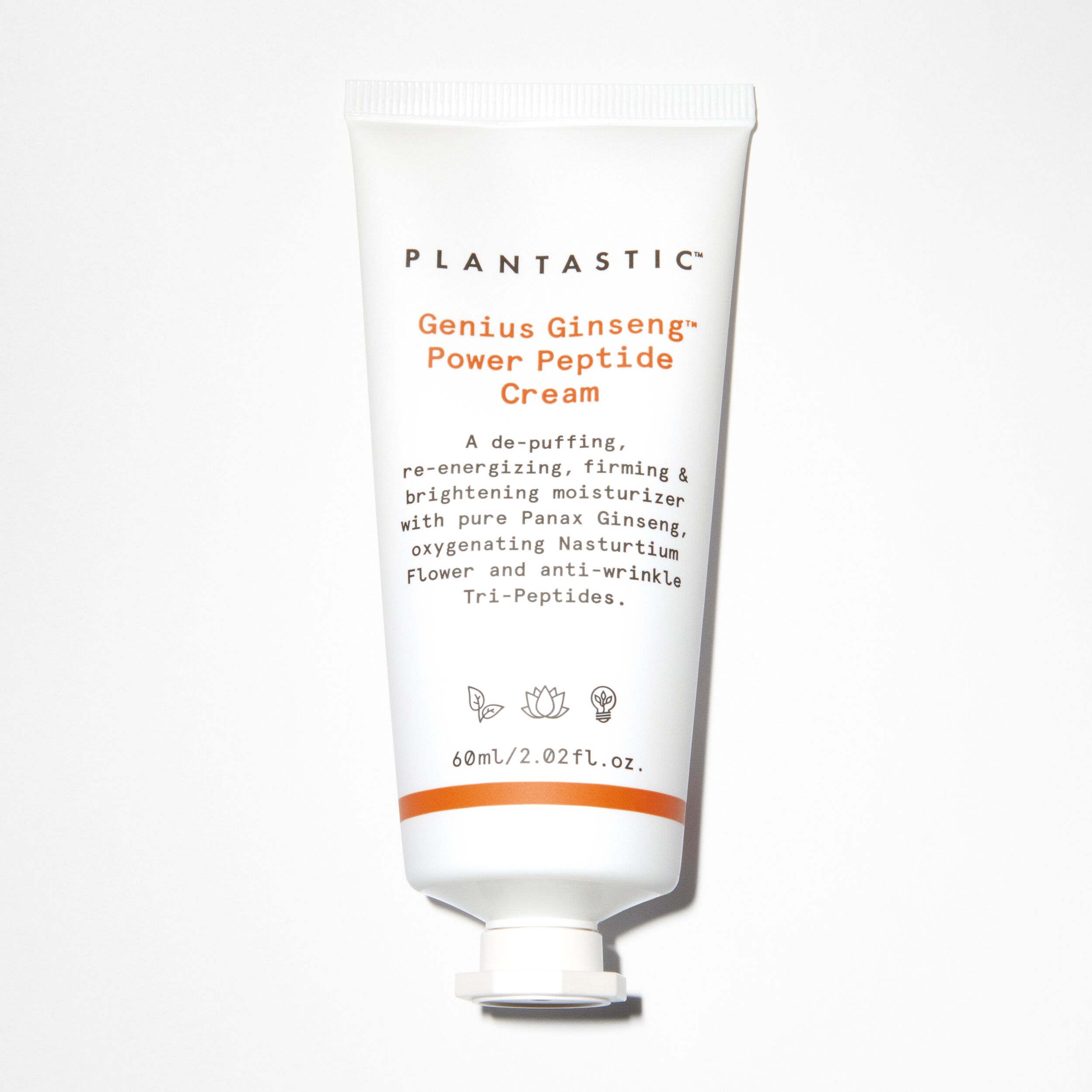
Beauty Pie offers an innovative option to its members, allowing them to purchase skincare products at a fraction of the recommended retail price. Take, for example, this skin brightening moisturiser, which costs a third of the price it would sell at via traditional retail.
Next Up: 7 Key Skincare Trends That Experts Predict Will Be Huge This Year
Grace Day is a beauty editor and content creator. She has over 10 years of beauty-industry experience, spanning editorial, retail, and e-commerce, which gives her a unique understanding into how people shop for their beauty routines.
While studying for a history degree (specialising in the history of beauty) and working as a beauty adviser in department stores, Grace started writing her own beauty blog in order to share the products she discovered while dealing with acne. After graduating, she moved to Beauty Bay as beauty editor and content manager. Grace is currently a beauty contributor to Who What Wear. She has also written for Hypebae and PopSugar and works as a brand consultant and copywriter.
